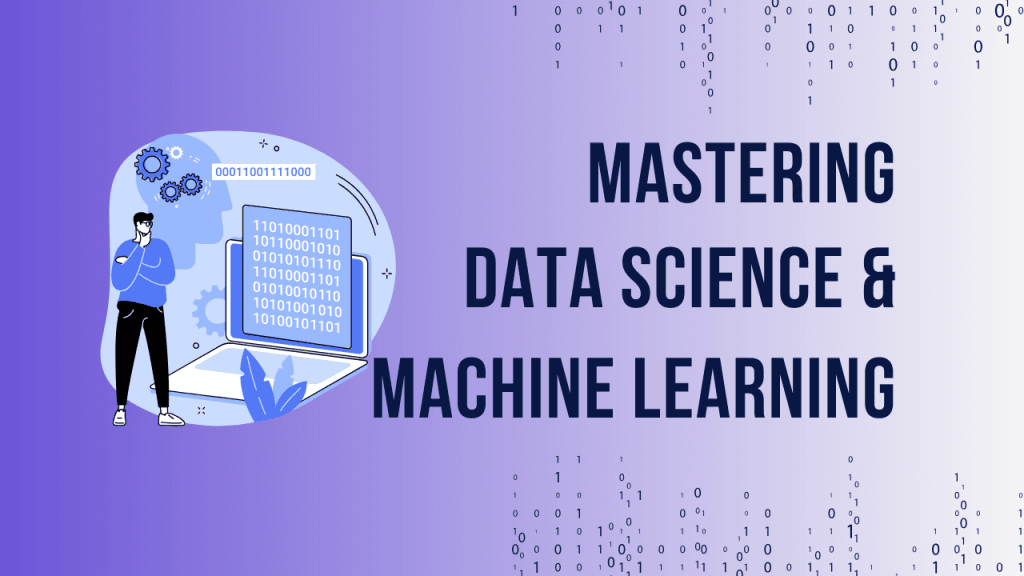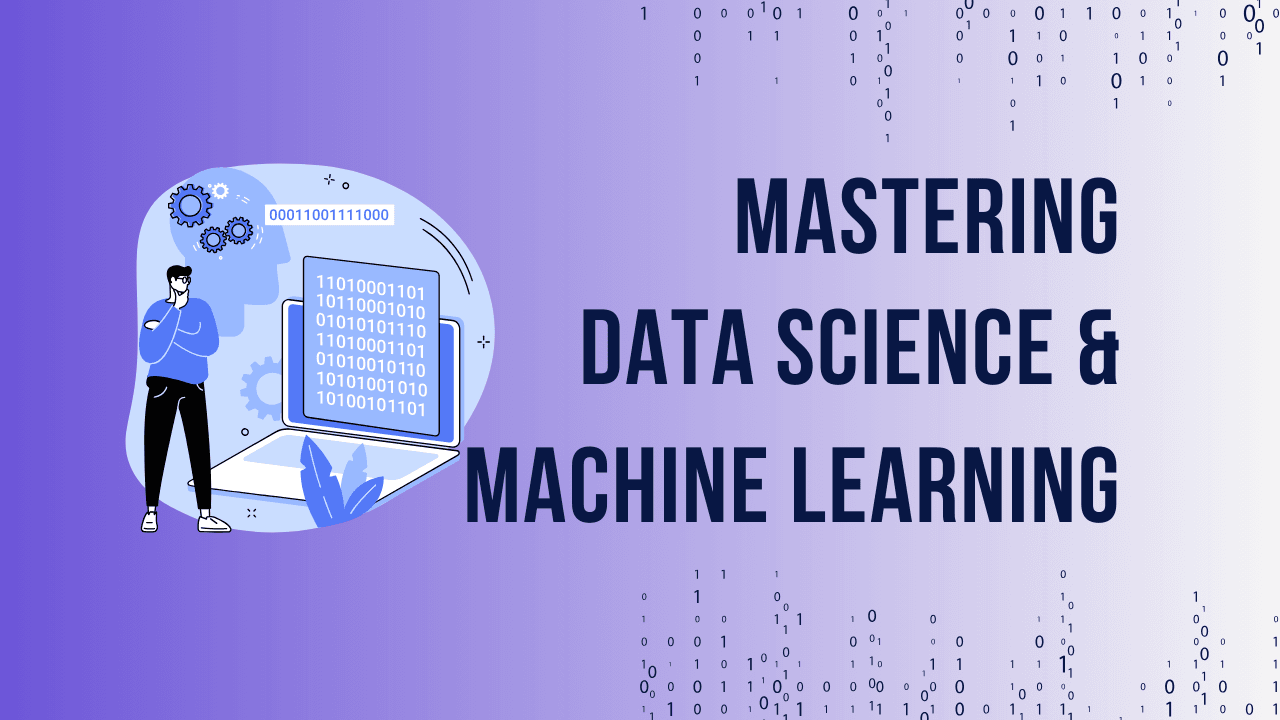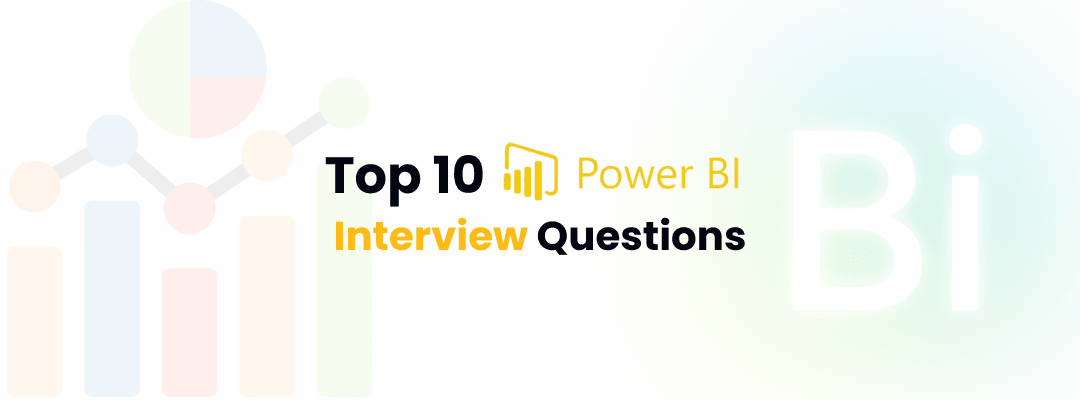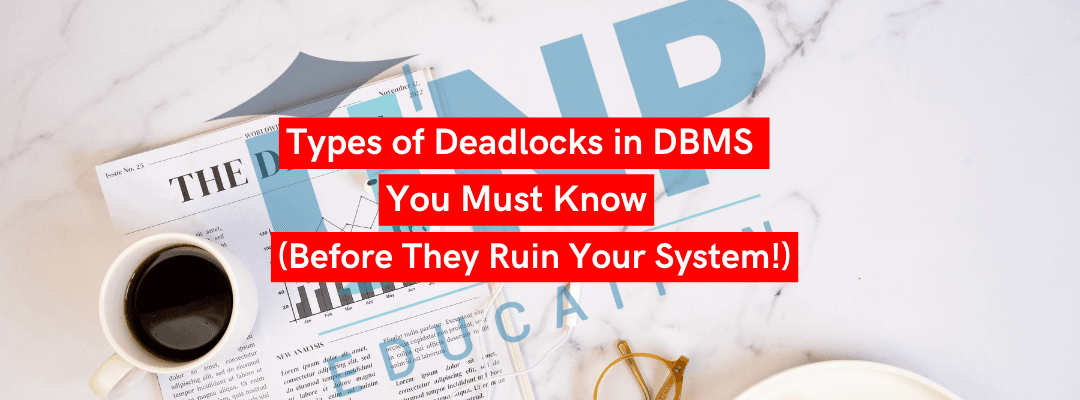Importance of Data Science Tutorials and Certifications in today’s digital world
In today’s fast-paced digital economy, (Data Science Tutorials and Certifications )the ability to harness data is no longer optional—it’s essential. Whether you’re a budding entrepreneur, a tech enthusiast, or an aspiring data scientist, mastering data skills can open countless doors. With so many online tutorials and certifications, it’s easier than ever to start your data science journey and take your expertise to new heights.
Let’s dive into some of the top-rated Data Science Tutorials and Certifications with UNP Education leading the charge in delivering value-packed, hands-on learning experiences.
Mastering Data Science with Python
Python isn’t just popular—it’s the backbone of the data science world. Its simplicity and flexibility make it the first choice for beginners and experts alike. With robust libraries like Pandas, NumPy, and Scikit-learn, Python simplifies everything from data cleaning to building advanced machine learning models.
UNP Education's Mastering Data Science and ML with Python Course
Looking for an all-in-one package to kickstart your data journey? UNP Education’s Mastering Data Science and ML with Python Course is the answer. Here’s what makes it a standout:
- Comprehensive Curriculum: Covering the essentials of Python, data analysis, visualization, and machine learning.
- Hands-On Projects: Build real-world applications to make your learning stick.
- Flexible Learning: Perfect for beginners, with support available to tackle doubts.
Unlock Your Data Science & ML Potential with Python
Join our hands-on courses and gain real-world skills with expert guidance. Get lifetime access, personalized support, and work on exciting projects.


Unlock Your Data Science & ML Potential with Python
Join our hands-on courses and gain real-world skills with expert guidance. Get lifetime access, personalized support, and work on exciting projects.
Advanced Data Science, AI, and Deep Learning
Taking Your Skills to the Next Level
Ready to go beyond the basics? Advanced data science topics like AI, neural networks, and deep learning are shaping industries ranging from healthcare to finance. Mastering these areas not only boosts your resume but also equips you to solve complex problems.
UNP Education's Advanced Data Science, AI, and Deep Learning Course
This course from UNP Education takes you deep into cutting-edge topics like:
- AI and machine learning models
- Neural networks and deep learning frameworks
- Real-world applications in image recognition, NLP, and more
Students receive expert mentorship and a chance to build a portfolio of projects, setting them apart in a competitive job market.
Unlock Your Data Science & ML Potential with Python
Join our hands-on courses and gain real-world skills with expert guidance. Get lifetime access, personalized support, and work on exciting projects.


Unlock Your Data Science & ML Potential with Python
Join our hands-on courses and gain real-world skills with expert guidance. Get lifetime access, personalized support, and work on exciting projects.
Other Highly Rated Data Science Tutorials and Certifications
Beginner-Friendly Data Science Courses
If you’re new to data science, these courses are highly recommended:
- Coursera: The Data Science Specialization by Johns Hopkins University is beginner-friendly and focuses on R programming.
- Udemy: Python for Data Science and Machine Learning Bootcamp offers affordable, practical lessons.
Specialized Certifications
Specialized programs can give your career a unique edge:
- Google’s Data Analytics Professional Certificate: Ideal for aspiring data analysts.
- IBM’s Data Science Professional Certificate: Covers tools like Python, SQL, and data visualization.
Free Resources to Get Started
Learning on a budget? Explore free resources like:
- Kaggle’s Micro-Courses: Short and engaging lessons on Python, data cleaning, and visualization.
- YouTube Tutorials: Channels like Data Professor and Simplilearn provide top-quality lessons.
Benefits of Becoming Data Science Certified
Enhanced Employability
The demand for skilled data professionals is at an all-time high. A certification not only proves your skills but also makes you stand out to employers.
Broader Career Opportunities
Data science certifications open doors to exciting roles like:
- Data Analyst
- Data Scientist
- Machine Learning Engineer
How to Choose the Right Tutorial or Certification
Assessing Your Current Skill Level
Beginner? Start with foundational courses like those from UNP Education or Coursera. Advanced learner? Tackle specialized certifications or in-depth AI programs.
Practical Projects and Mentorship
Focus on courses that include real-world projects and one-on-one mentorship. These elements are key to mastering the art of data science.
Conclusion
Investing in your data science education is one of the smartest career moves you can make today. Whether you’re just starting out or looking to sharpen advanced skills, there’s a course or certification for you. Prioritize hands-on learning and seek expert mentorship to stay ahead of the curve. UNP Education’s offerings are an excellent place to start—and who knows? You could be the next data scientist transforming the world with your skills.
FAQs-Data Science Tutorials and Certifications
1. What’s the average duration of a data science course?
Most beginner courses take 3-6 months, while advanced certifications may last up to a year.
2. Can I pursue these certifications remotely?
Absolutely! Most top-rated courses, including UNP Education’s, are available online.
3. How much do data science certifications cost?
Prices vary widely, from free resources on Kaggle to premium programs costing several thousand dollars.
4. Which programming languages should I prioritize?
Start with Python, then consider adding R and SQL to your toolkit.
5. Is prior coding experience necessary?
Not always! Beginner-friendly courses guide you step-by-step, making them accessible to non-coders.
Unlock Your Data Science & ML Potential with Python
Join our hands-on courses and gain real-world skills with expert guidance. Get lifetime access, personalized support, and work on exciting projects.


Unlock Your Data Science & ML Potential with Python
Join our hands-on courses and gain real-world skills with expert guidance. Get lifetime access, personalized support, and work on exciting projects.







